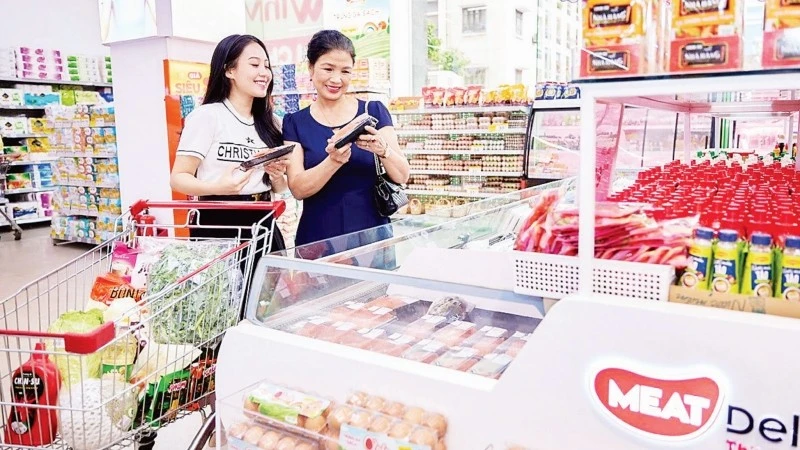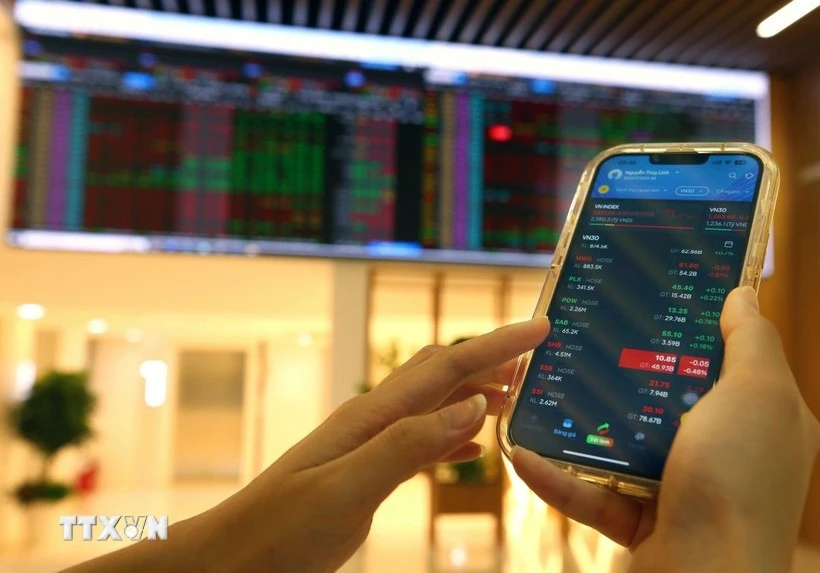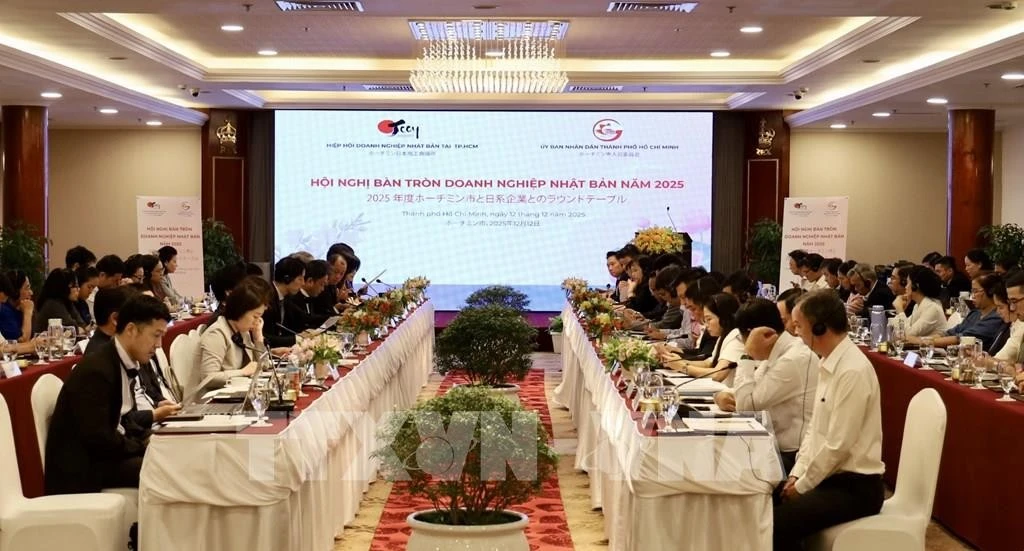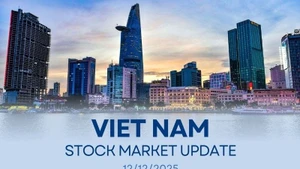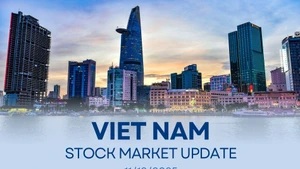To sustain high economic growth, price management policies must balance two key objectives: supporting production and growth while keeping inflation under control in line with the targets set by the National Assembly.
Ample room to keep inflation in check
According to the Government’s report on the implementation of the 2025 socio-economic development plan and projections for 2026, Viet Nam’s macroeconomic stability remains firm, with balanced fundamentals, strong growth, and well-controlled inflation.
The economy has made comprehensive progress, with key indicators such as: GDP growth projected to exceed 8% in 2025; nominal GDP reaching about USD 510 billion, ranking 32nd globally; per capita income approaching USD 5,000, officially moving Viet Nam into the upper-middle-income group; and CPI growth remaining below 4%, marking the 11th consecutive year inflation has remained under control despite rapid recovery.
Explaining Viet Nam’s stable inflation despite both fiscal and monetary policies having been eased to support growth, Dr. Can Van Luc, Chief Economist at the Bank for Investment and Development of Viet Nam (BIDV), stated that the main reason lies in the slowing velocity of money circulation. As of the end of September 2025, the money supply was estimated to have increased by 8.5%, with credit growing by 13.4% since the beginning of the year. However, the velocity of money stood at only 0.65 times — significantly lower than the usual range of 0.9 to 1 time.
This means that although more money has been put into circulation, it has not been moving dynamically through the economy, with bottlenecks persisting in several areas such as public investment and capital flow within the private sector. As a result, inflation has remained subdued. Another important factor supporting the goal of containing inflation throughout the year has been the strict control of prices for essential goods such as food, fuel, and petroleum, combined with ensuring ample supply sources.
According to the General Statistics Office (GSO), during the first nine months of 2025, the Consumer Price Index (CPI) rose in eight months and declined in one compared to the previous month. Of these, January recorded the highest increase, at 0.98%, while March saw a decrease of 0.03%. On average, core inflation for the nine-month period rose by 3.19% year-on-year, lower than the overall average CPI increase of 3.27%. This was because several commodity groups that had significant impacts on CPI growth — such as food, electricity for household use, healthcare, and education — were excluded from the core inflation basket.
Nguyen Thu Oanh, Director of the Price Statistics Department under the GSO, stated that the positive outcome in inflation control was achieved thanks to the concerted efforts of ministries, sectors, and localities in implementing comprehensive price management measures, ensuring the balance of supply and demand for goods — especially essential items — as directed by the Government. In addition, a range of market support policies continued to be enforced, including a 2% reduction in value-added tax (VAT), continued cuts in fees and charges, and lower import duties on various commodity groups.
Localities have also actively promoted industrial stimulation programmes, supported small and medium-sized enterprises, boosted production and business activities, and improved the investment environment. Given the socio-economic performance over the past nine months, Nguyen Thu Oanh assessed that there remains considerable room to keep inflation for the whole year below the target set by the National Assembly.
No complacency in policy management
In the third quarter of 2025, research institutions simultaneously revised their forecasts for Viet Nam’s economic growth. In its Asian Development Outlook report, the Asian Development Bank (ADB) raised Viet Nam’s GDP growth forecast for 2025 to 6.7%, up from 6.6% projected in April 2025, while lowering its inflation forecast to 3.9% from 4.0%. HSBC also increased its growth forecast for Viet Nam from 6.7% to 7.9%, citing impressive performance in the first three quarters of the year. The bank slightly revised its inflation projection upwards, from 3.2% to 3.3%, noting that inflation remains under control.
According to Dr. Can Van Luc, inflation is not a major concern in 2025. The average CPI for the year is expected to range between 3.8% and 4%, below the National Assembly’s target, thanks to the combined effects of various inflation-curbing measures and the stable supply of essential goods and services nationwide.
Furthermore, the State Bank of Viet Nam’s efforts to maintain stable exchange and base interest rates, along with improved coordination between fiscal and monetary policies, have also helped contain inflation. However, inflationary pressures may intensify in the final quarter of the year due to both cost-push and demand-pull factors.
Specifically, the cost-push factor stems from higher import prices towards year-end, influenced by US tariff policies and increases to state-managed prices. Meanwhile, the demand-pull factor arises from expanding credit to meet greater capital demand amid higher growth momentum. In policy management, authorities must also ensure sufficient supplies of essential goods and services — especially during periods affected by storms and natural disasters — to help stabilise prices and keep inflation under control.
Economists have cautioned that although inflation remains manageable, there is no room for complacency in policymaking. From now until the end of the year, the price index for food and dining-out services could continue to rise sharply due to flooding in some localities, particularly affecting the prices of fresh vegetables and processed food products.
Along with this comes mounting pressure to accelerate the disbursement of public investment capital in order to achieve the target of fully utilising 100% of the allocated funds for 2025 — amounting to nearly 1 quadrillion VND. The implementation of market-based pricing for public services managed by the State also requires careful consideration, ensuring alignment with actual CPI growth trends and maintaining a balance between development goals and social stability.
Professor Dr Hoang Van Cuong, a deputy of the 15th National Assembly, noted that policymakers should pay close attention to the potential emergence of inflation expectations, as prices of speculative assets have already risen sharply. When businesses and suppliers anticipate higher future costs, they tend to increase their selling prices, which in turn affects the overall price level across the economy.
